Pomposa Abbey
The 1,000-year-old abbey is the birthplace of modern musical notation.
A Romanesque bell tower dominates the horizon of a gently rolling Italian countryside like a beacon, beckoning travelers to explore the 1,000-year-old Pomposa abbey. It’s a historic spot, one that’s too often overlooked by tourists. The abbey walls, which are garnished with beautiful artwork, witnessed the birth of modern musical notation, thanks to a monk named Guido.
Guido of Arezzo was an 11th-century Benedictine monk and Italian music theorist. During his time at the abbey, he realized singers needed a faster, easier way to memorize the chants that so often saturated the hallowed air. Guido crafted a system that used lines, clef signs, and colors to indicate the pitch, which transformed music into information that could be read and stored in a book rather than solely tucked away in one’s mind. As the inventor of modern staff notation, he became a musical revolutionary.
Sadly for Guido, his innovation caused resentment among his fellow monks who resisted his new methods. He relocated to Arezzo to conduct a large group of cathedral singers. While there, he continued making musical advancements, most notably a European solmization, which used sounds (“Ut, Re, Mi, Fa, Sol, La, and Si”) to represent the notes of the scale.
Though Guido is memorialized in Arezzo with statues and plaques, his presence at Pomposa Abbey is largely overshadowed by its magnificent library, which contained medieval gems like rare Carolingian manuscripts, and the vibrant frescoes adorning the church’s interior walls. The abbey, which shuttered after the monks left in the 1650s because of increasing local poverty and malaria, now houses a small museum.


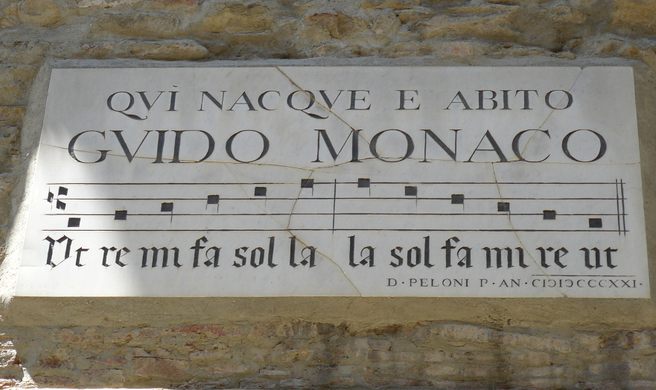


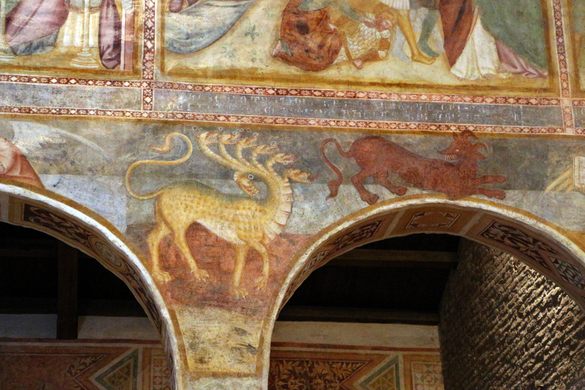
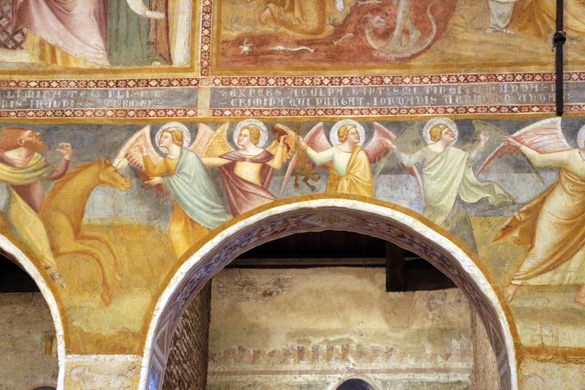



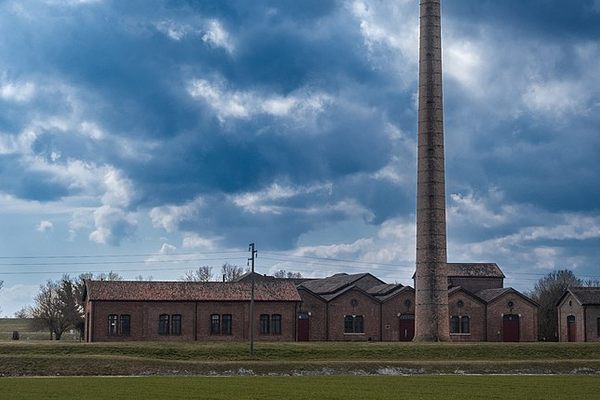
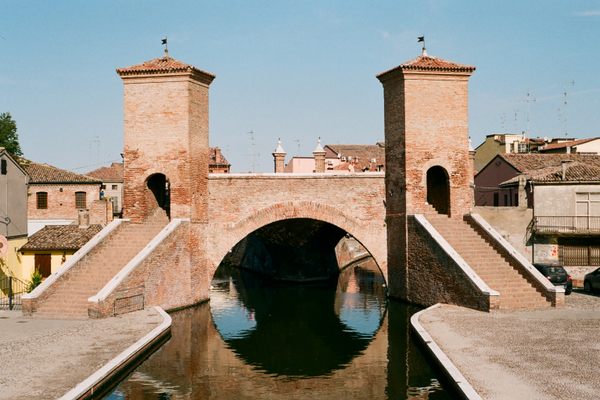








Follow us on Twitter to get the latest on the world's hidden wonders.
Like us on Facebook to get the latest on the world's hidden wonders.
Follow us on Twitter Like us on Facebook